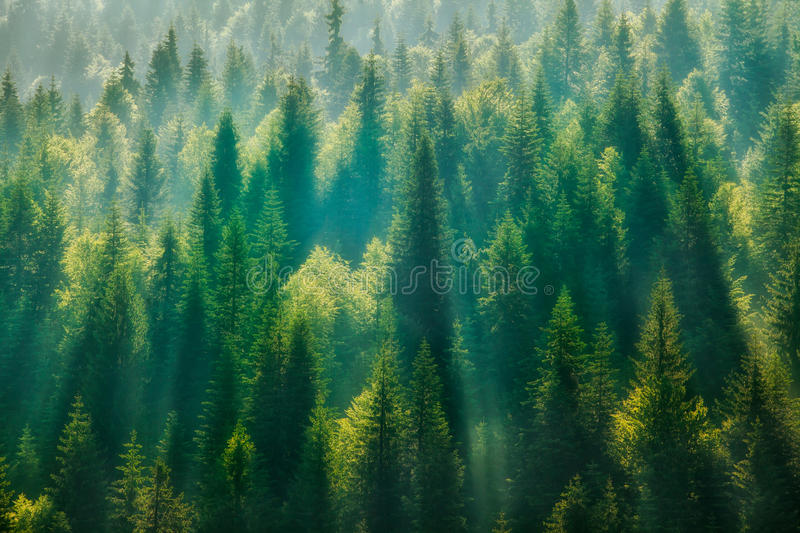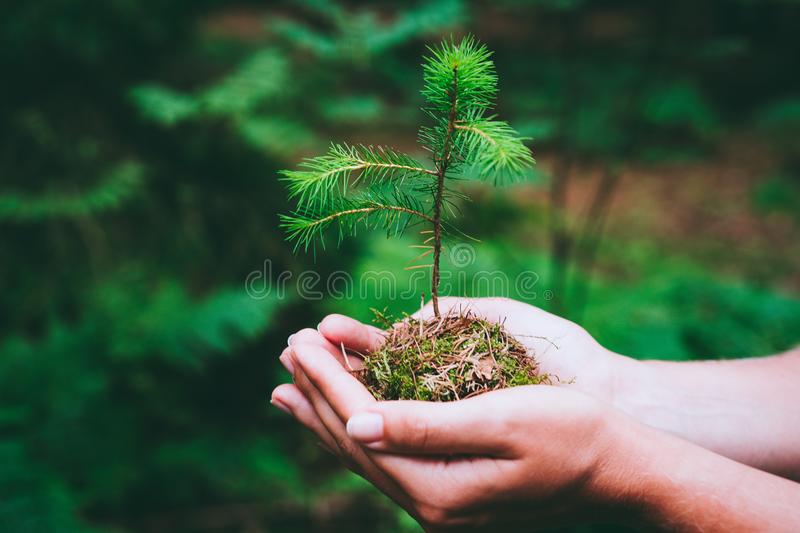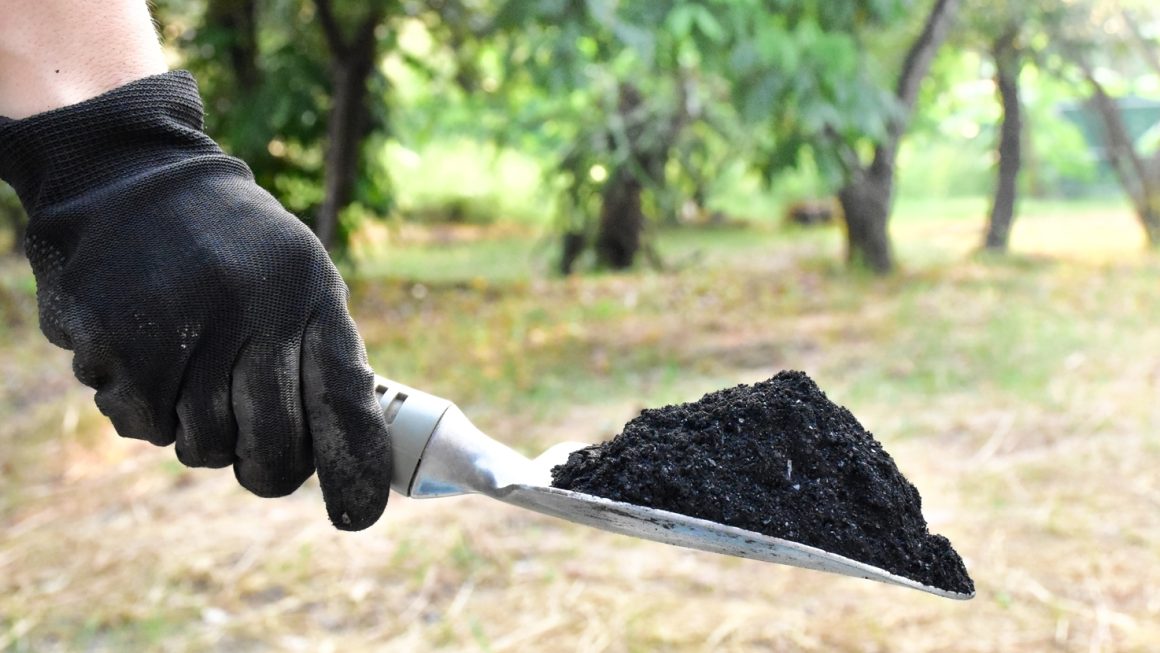Pine tree scientific name: Pinus strobus
Pine tree common names: 1. Eastern White Pine 2. White Pine 3. Weymouth pine
Characteristics of Pine tree
One of the 5 coniferous pines of the North American continent. A very large and interesting tree, it grows in the northeastern United States from Newfoundlen to the foothills of the Rocky Mountains. In nature, it reaches an average of 40-60 meters, sometimes up to 80. It grows quickly, yielding only to larch in speed, loves light sandy or loamy soils, moderate moisture, and avoids damp and salty soils. The needles are long, soft with a shaggy effect, greenish blue, 11-15 cm long, grow in bunches of 5 pieces, the shoots are thin and flexible. Read More: Sagwan Tree – Characteristics And Uses Of Sagwan Wood
How fast does pine tree grow

Ordinary pines live only 100-300 years. The fact is that Scots pine tree grows rapidly, and the lower part of the trunk in an adult tree is bare. In general, the structure of the crown and the needles of the Weymouth pine somewhat resembles our Siberian cedar pine, also, by the way, 5 conifers, but it grows 3 times faster, and looks more graceful and delicate than the Siberian cedar.
Read More About: Trees Name In English
Cones are slightly curved, conical up to 20 cm. In youth, the crown is very dense, broadly pyramidal, when standing alone, the crown density remains for a very long time and the trunk does not become bare, in dense plantings the crown is discharged and acquires a clear tiered and picturesque, Unlike ordinary pine tree, the trunk is not completely naked, and along its entire length to the top, branches perpendicular to the trunk remain. Less light-requiring than other pines, it is wind-resistant and does not break under a pile of snow. It’s only drawback is susceptibility to rust disease, therefore, in group plantings, it should be interspersed with other coniferous or deciduous trees, and try not to plant currants, rowan, hawthorn and gooseberries nearby, which are intermediate hosts of the blister rust fungus. See Also: What Is A Flocked Christmas Tree?



